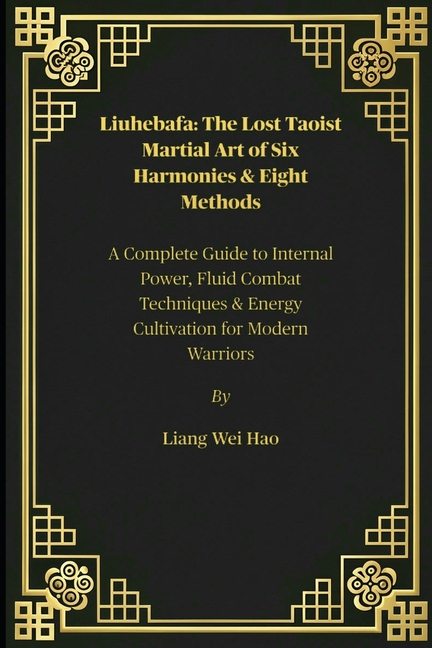Description
Liuhebafa is an ancient Chinese martial art that combines fluid movement with practical self-defense. Often called "water boxing," it teaches the body to move with natural efficiency, using alignment and relaxation rather than brute strength. The art is built on two main concepts-the Six Harmonies for body coordination and the Eight Methods for combat application. These principles create a system that works for people of all sizes and ages, focusing on skill and awareness over physical power.
This martial art stands out for its emphasis on internal power development alongside physical techniques. Through slow, mindful practice, students learn to cultivate and direct their energy for both health and combat effectiveness. The movements appear soft but contain hidden strength, allowing practitioners to defend themselves without unnecessary force. Unlike rigid, form-based systems, Liuhebafa adapts to real situations, making it valuable for modern self-defense needs.
The health benefits of Liuhebafa make it appealing beyond martial applications. Its gentle movements improve posture, joint mobility, and overall body awareness while reducing stress. The practice serves as moving meditation, calming the mind while strengthening the body. Many students continue training for decades because the art offers continuous growth-physically, mentally, and spiritually-without demanding extreme fitness.
Liuhebafa's comprehensive approach makes it more than just fighting techniques-it's a complete system for personal development. Weapons training extends the principles beyond empty-hand practice, while combat applications test skills under pressure. The art's adaptability allows each student to progress at their own pace, making it accessible yet endlessly deep. Whether for self-defense, health, or personal growth, Liuhebafa offers timeless wisdom for contemporary life.
Product Details
- Jul 12, 2025 Pub Date:
- 9798292173243 ISBN-10:
- 9798292173243 ISBN-13:
- English Language




